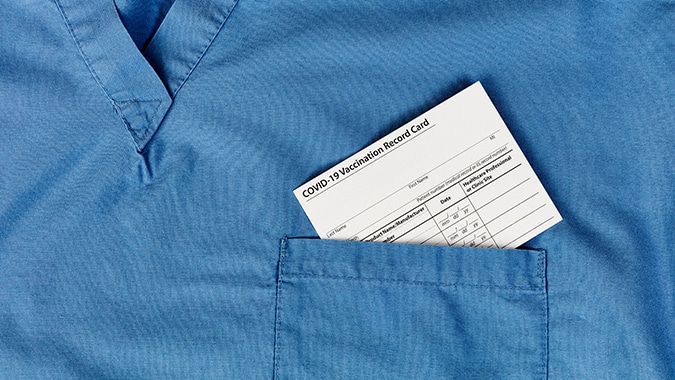The federal Paycheck Protection Program’s (PPP) rules on how the forgivable business loans can be spent and the unrealistic eight-week timeframe need to be changed to save small businesses from going under as a result of the coronavirus pandemic, NJBIA said Friday.
In comments to the U.S. Small Business Administration, which administers the program with the U.S. Treasury, NJBIA said the PPP is a good first step in helping job-creators and the workers they employ, but changes need to be made immediately if it is going to have a meaningful impact.
“Time is of the essence,” NJBIA Chief Government Affairs Officer Chrissy Buteas wrote, “which is why we are asking that you act expeditiously to address additional funding needs, the shortfalls of the CARES Act, and to take action on new measures that will assist in our recovery efforts. The immediate closure of large parts of our economy by this pandemic has resulted in unprecedented hardships.”
Buteas points out that many New Jersey companies were already closed by the state government before the program was enacted, and many remain unsure of when they will be able to reopen. More than 1 million workers have already filed for unemployment benefits.
She suggested the requirement that 75% of loans be used for payroll in order to qualify for full forgiveness is ill-conceived and called the eight-week timeframe in which businesses have to spend the money unrealistic when so many have either ceased or severely restricted operations.
“Many employees will not be able to come back to work within the eight-week timeframe required by the law…,” Buteas stated. “The PPP program needs to recognize the reality on the ground. To the extent that the original intent of the PPP was to keep these employees on the payroll and off unemployment, it has largely failed for those businesses that were forced to close.”
In the letter, NJBIA requested the following changes:
- Greater flexibility in the permitted use of the funding by modifying the requirement that 75% of the monies be spent on payroll costs in order to receive loan forgiveness and clarification that failure to meet the payroll cost levels should result in prorated reductions of forgivable amounts, not a complete denial. By design, every loan will fail the 75% payroll cost spend rule due to a mismatch of the costs that went into the loan amount calculation vs. the loan forgiveness calculation. Example: $100,000 salaried employee’s average monthly salary in loan base is $8,333.33 multiplied by 2.5 = $20,833.33 loan. Same employee receives $1,923.07 per week for 8 weeks or $15,384.61 for the 8-week spend period. The payroll costs in the eight-week spend period are 73.85% of the loan;
- An expanded timeframe to begin the loan forgiveness period beyond eight weeks, and allowing the forgiveness period to begin at a later date chosen by the small business;
- Additional startup funding to allow businesses to resume operations when the economy is reopened;
- Relax the requirement that an employer must maintain 100% of prior FTE level in order to receive full loan forgiveness;
- Extension of the June 30 deadline;
- Distribution of funding directly to the business community, in addition to the banking community;
- Re-evaluation of the affiliation rules so that additional businesses which have multiple locations can qualify for the program;
- Additional guidance on what makes up payroll costs included in forgiveness (75%/25% forgiveness and prorated amounts need more clarity);
- With the additional guidance issued, employers may find the loan they received is too large, as the original calculations issued were not as specific as they are now, specifically for the payroll for employees earning over $100,000 a year. Therefore, the 75% to be spent on payroll may not be reachable and the loan should be allowed to be partially returned in order to adjust the amount subject to the payroll limits;
- Additional guidance is needed regarding how to determine what portion of allowable expenses are includable for purposes of the forgiveness calculations with respect to the “incurred and paid” language as it relates to the covered period; and
- Expanded eligibility to more organizations, such as the 501(c)6 nonprofits.


